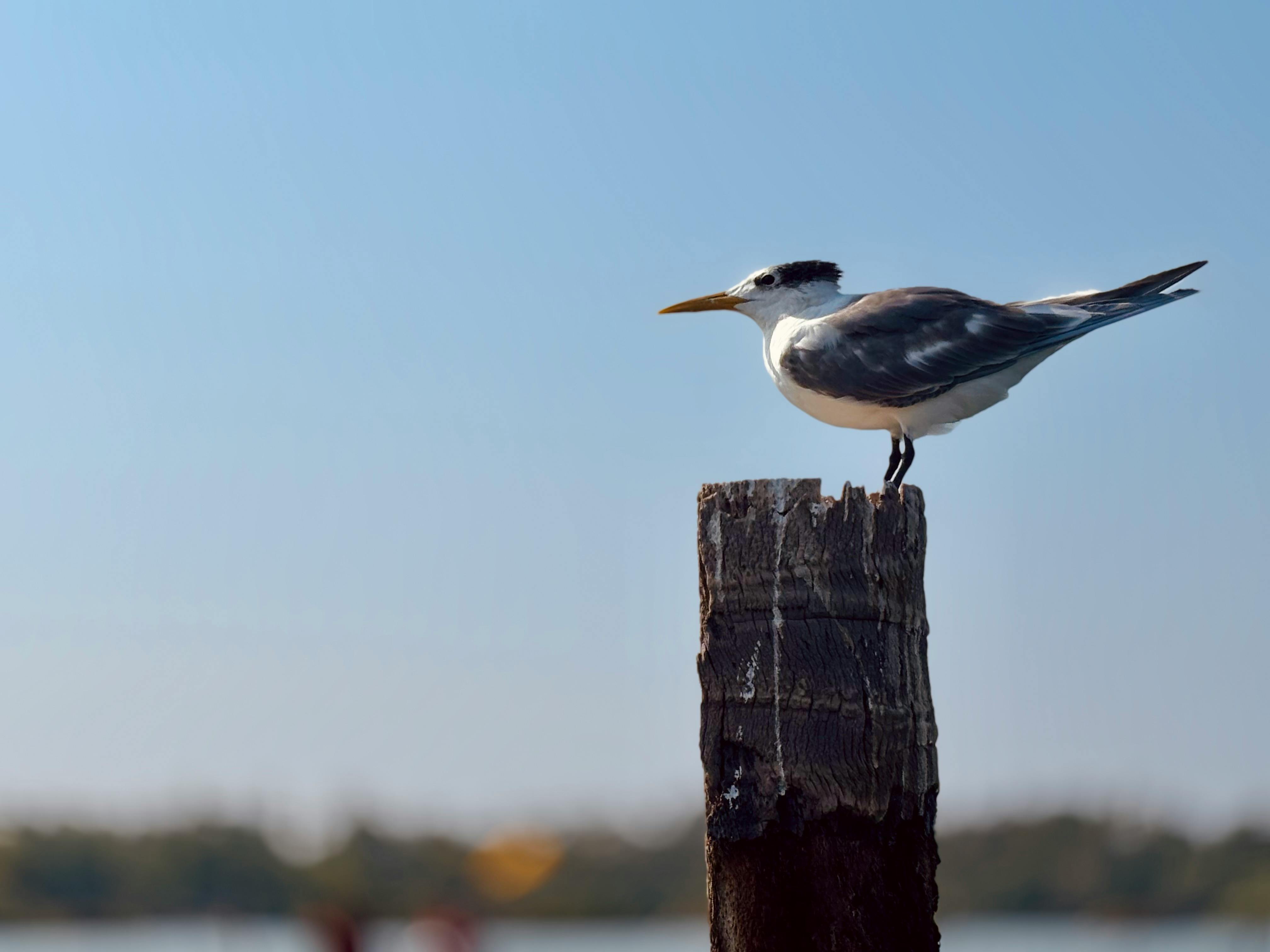
Essential Guide to Setting Up a 10 Gallon Betta Tank in 2025
Setting up a 10 gallon betta tank is not just about providing a home for your betta fish; it’s about creating an ecosystem that fosters their health, happiness, and longevity. With the right setup, maintenance protocols, and environmental considerations, your betta can thrive in a vibrant, well-maintained tank. In this guide, we'll delve into the myriad aspects of betta fish care, highlighting critical factors such as betta tank setup, water parameters, and tank mates. As you journey through the sections, you'll discover practical tips for feeding, decoration, and maintaining optimal conditions for your aquatic friend.
Key takeaways from this guide include effective tank decorating strategies, essential water parameter management, and practical advice on betta fish health monitoring. Above all, this article will serve as a comprehensive resource to help you create a nurturing environment for your betta, making pet ownership an enjoyable experience.
Choosing the Right Equipment for Your Betta
To start, it is crucial to gather the basic equipment necessary for your betta tank setup. This includes selecting an appropriate aquarium, filtration system, heater, and the right substrates. Each component plays a pivotal role in creating a safe and comfortable habitat for your betta fish.
10 Gallon Tank Essentials
A 10 gallon betta tank offers ample space for swimming while maintaining easier water quality management compared to smaller tanks. The dimensions of this tank also allow for enough space to incorporate live plants, decorations, and potential tank mates. Always ensure that your tank has a proper lid, as bettas can jump!
Choosing the Right Filter
When selecting an aquarium filter for bettas, choose one that offers gentle water flow. Bettas thrive in calm waters, so opt for filters designed for low-flow environments. A sponge filter is a great option, providing both filtration and aeration without overwhelming your fish.
Heating Requirements for Bettas
Your betta fish will require a heater to maintain the ideal water temperature between 75°F to 82°F. Invest in a reliable aquarium heater, preferably an adjustable one with a thermometer to monitor the temperature accurately. Betta fish are sensitive to temperature fluctuations, and maintaining a steady temperature is vital for their health.
Substrate and Decorations
Select a substrate that is not sharp, and consider sand or smooth gravel as ideal options. Decorations are not only aesthetically pleasing but can provide hiding spots and enrichment, which is essential for betta fish care. Live plants can also enhance the tank’s environment, helping to oxygenate the water and providing additional cover.
Lighting Options
Betta aquarium lighting should mimic natural conditions, meaning a cycle of light and dark. Aim for around 10-12 hours of light per day, using LED lights or fluorescent lighting designed for aquariums. This not only supports plant growth but also creates a comforting environment for your betta.
With the essential equipment laid out, it's time to focus on creating optimal tank conditions that ensure a stable and healthy habitat for your betta, enhancing their well-being and longevity.
Setting Up Tank Conditions for Optimal Betta Health
Understanding the water parameters for bettas is key to ensuring their health. Bettas are naturally found in shallow, warm waters with soft and slightly acidic conditions. To replicate these conditions in your tank, you need to monitor several factors including pH levels, hardness, and ammonia levels.
Water Parameters for a Healthy Betta Fish Environment
The ideal pH for a betta tank falls between 6.5 - 7.5. Test kits are available to measure these levels accurately. Additionally, ensure that the water hardness (GH) is between 3-4 dGH. Regular testing of these parameters helps prevent stress and diseases that can arise from suboptimal conditions.
Importance of Cycling Your Betta Tank
Cycling a betta aquarium is crucial for establishing beneficial bacteria that break down harmful toxins. During the cycling process, it is advisable to monitor ammonia and nitrite levels closely, as spikes can harm your betta. This process typically takes 4-6 weeks but will contribute significantly to the long-term health of your fish.
Water Conditioning for Betta Tanks
Prior to adding fish, condition your water using a dechlorinator to remove harmful chemicals. Additionally, consider adding beneficial bacteria to assist in the cycling process. This will help create a stable environment for your future betta and any potential mates.
Regular Water Changes
To maintain a healthy aquarium, perform regular water changes of around 25-30% weekly. This will help remove toxins while maintaining a stable water environment. Always remember to treat new water with dechlorinator before adding it to the tank.
Monitoring and Maintaining Water Quality
Invest in a reliable test kit to monitor water quality. Consistently check for signs of fluctuations in pH, ammonia, and nitrate levels. Keeping a journal of your readings can help identify patterns and any potential issues that may arise.

Choosing Compatible Tank Mates for Your Betta
While bettas are often viewed as solitary fish, there are compatible betta tank mates if you choose wisely. The right companions can enhance the visual appeal and provide enrichment, but caution is essential to avoid aggression.
Understanding Betta Behavior
Male bettas can be aggressive towards their own kind and may attack other long-finned fish. Female bettas can sometimes coexist peacefully with other species, but monitoring interactions from the start is crucial to prevent stress and injury.
Best Tank Mates for Bettas
When considering tank mates, choose peaceful species such as neon tetras, corydoras catfish, or snails. These species are usually small enough and exhibit behavior that doesn’t provoke a betta. Gradually introduce them to allow your betta to adapt to their presence.
What to Avoid
Avoid housing aggressive or fin-nipping species alongside your betta, such as guppies, or other bettas. Species recognized for aggression can stress your betta, which may lead to health problems or behavioral issues such as withdrawal or territorial aggression.
Introducing New Fish
When adding new fish to your tank, use a divider or introduce them during feeding times to reduce territorial disputes. Observing their interactions initially can help you gauge their compatibility.
Monitoring Social Dynamics
Once new tank mates are introduced, monitor their social behavior closely. Watch for signs of aggression such as chasing or fin nipping. If issues arise, a temporary separation may be necessary to relieve tension and stress.
Ensuring compatible tank mates will not only allow your betta to coexist but will also create a more vibrant and diverse aquarium experience.
Feeding and Nutrition for Your Betta Fish
Proper nutrition is vital for maintaining betta fish health. An adequate diet enhances their color, vitality, and longevity.
Types of Betta Fish Food
Betta fish are carnivorous, and their diet should consist primarily of high-quality pellets specifically formulated for bettas. Look for products containing protein sources such as fish meal, shrimp, and fortified vitamins. Additionally, include occasional frozen or live food such as brine shrimp or bloodworms for added variety and nutrition.
Feeding Schedule
Establish a betta fish feeding schedule that consists of feeding small portions once or twice daily. Overfeeding can lead to obesity and water quality issues, so aim to provide only what your betta can consume in a few minutes.
Signs of Poor Nutrition
Monitor your betta's behavior and appearance for any signs of nutritional deficiencies or health issues. A healthy betta will exhibit vibrant colors, smooth fins, and should be active. If you notice lethargy or fading colors, consider adjusting their dietary intake.
Supplementing with Live Food
Incorporating live food can drastically improve your betta's health and color. Live food replicates their natural hunting instinct, fostering better overall well-being. This should not be the staple diet but rather a complement to their primary food source.
Common Feeding Mistakes
Common mistakes include infrequent feeding or an imbalanced diet. Always ensure to provide a varied diet while keeping to a consistent feeding routine to avoid distress and promote optimal growth.

Maintaining Your Betta Tank Efficiently
Regular betta tank maintenance is paramount in ensuring a healthy and thriving ecosystem. Proper procedures will not only keep your betta active but also prevent common diseases associated with poor tank conditions.
Cleaning Schedules and Techniques
Establish a cleaning routine that includes regular water changes, substrate cleaning, and filter maintenance. Use a siphon to remove debris and waste efficiently. Clean the tank surface and decorations periodically to prevent algae buildup.
Cycling Process and Its Importance
Understanding the betta tank cycling process is essential for maintaining water quality. The cycling process will establish beneficial bacteria that convert harmful ammonia into less harmful nitrates, thus ensuring a safer environment for your fish.
Signs of Stress and Illness
Observing your betta regularly will help you detect stress signs. Changes in behavior such as hiding, lethargy, or frayed fins can indicate stress or illness. Correcting any issues promptly is crucial to maintaining their health.
Setting Up a Betta Fish Hospice
If your betta faces health challenges, establishing a betta fish hospice environment can help. Create a small, stress-free setup where they can recover. Maintain ideal water conditions and provide minimal disturbances to promote healing.
Expert Recommendations on Tank Maintenance
Regularly engage with local aquarist communities or resources for updated knowledge on best practices. Expert insights can lead to improved tank management and troubleshooting solutions for common fish health issues.
In summary, creating a thriving betta fish environment comprises careful planning, diligent maintenance, and continuous learning about your fish's needs. With appropriate practices, your 10-gallon tank can become a lively and colorful focal point in your home.
For more information on other topics related to betta fish and aquarium maintenance, you can explore additional resources at this link.
Its part of generated content. Can i generate another part?